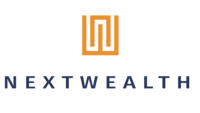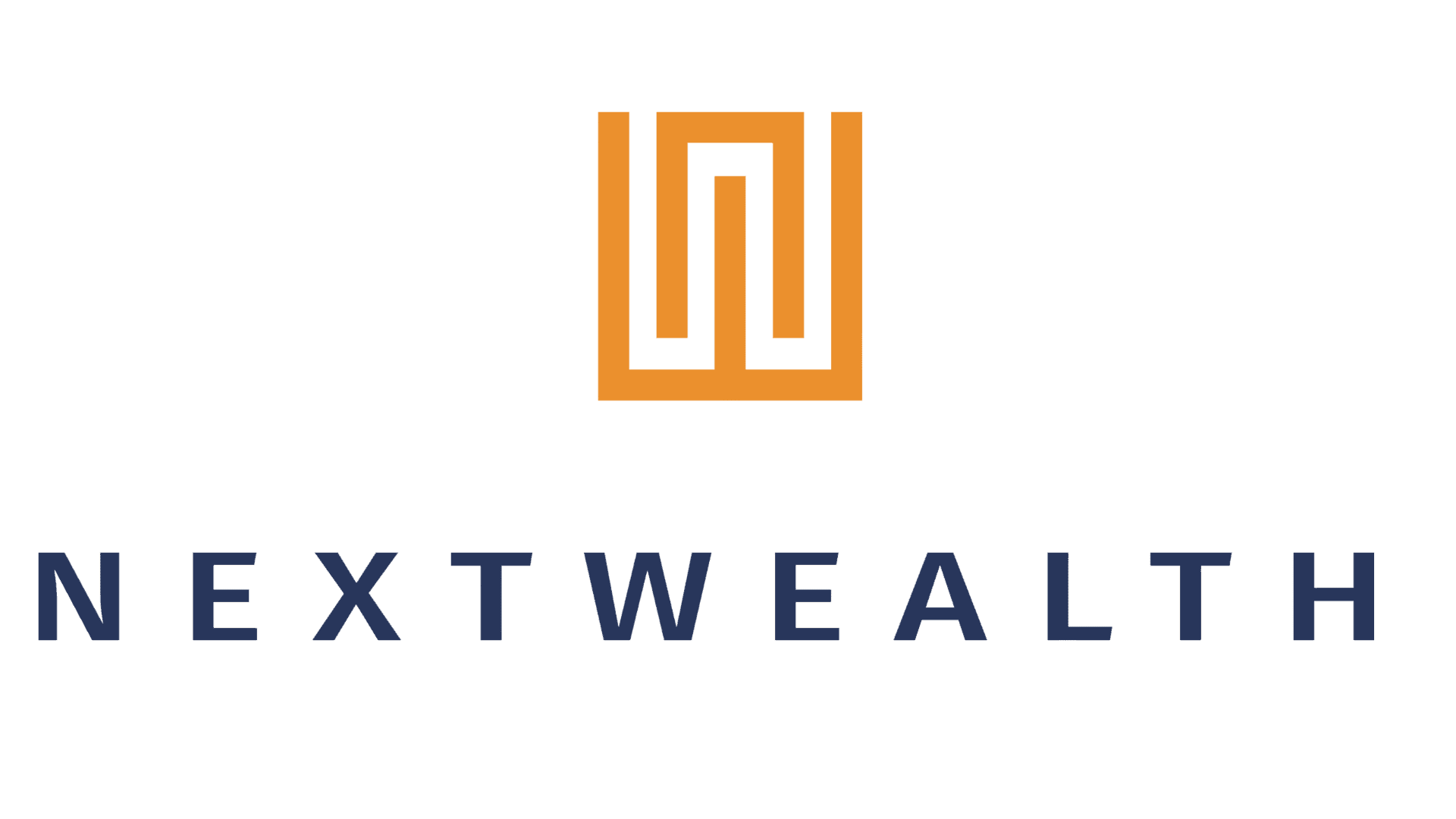Ray Tubman wants to take the smarts above the platform
By Jordan | 10 October 2019 | 4 minute read
Ray Tubman is a man brimming with ideas. He talks fast and his mind moves even faster. He was one of the architects of GBST Composer. He’s both a technologist and a successful businessman and he sees a future in which a layer sitting above the platform will make everyone’s lives easier.
Ray makes a convincing case for a data integration layer sitting above the platform. “Capital gains tax is one example. The ideal is to be able to show capital gains tax across all of my holdings. I might have holdings across multiple platforms.” Model portfolios are another example that would benefit from a layer above the platform. “There is a good argument to say that models should sit above the platform level. At the end of the day, the DIM could just fire off trades into the platform.”
This is what Ray is talking about when he says we need to take the smarts above the platform level. He sees a data integration hub sitting above the platform that could bring together data from multiple sources to give a customer a full view of holdings. The reverse is true too – those managing portfolios could manage portfolios across multiple custodians through a single interface.
“Performance reporting is another great example. We build a product called Insight which is a multiplatform performance reporting tool.” Insight can take feeds from multiple platforms and combine that to single performance reporting. Ray thinks this should sit above the platform. Advisers preparing for a regular review meeting with a client could get performance reporting for a client aggregated across all platforms.
Sounds good! But it means everyone needs good data that they share with others.
Ray points out that there is a regulatory requirement for platforms to have good data. The challenge is to get that data mapped to a common source.
“Platforms are really robust. The issue is having a smart way to pull that all together in a meaningful way and to appropriately represent things like corporate actions. These all need to be reflected in a common transaction format.”
Ray’s challenge to the industry is to come together to agree that standard format. Easier said than done? Ray thinks it’s possible.
He points out that there are efforts in place already to standardise integration patterns in the industry. TISA have formed a group on this. “Obtaining transactional information from platforms should be something that the industry really should get behind. I would like to see the industry play nicely in terms of technology collaboration.”
If we are successful in agreeing standard formats in how we present data that would allow the best tools possible to absorb that data. Ray says this would give us best in class reporting and would save advisers a lot of leg work.
While Ray will keep pushing the industry to play ball, he’ll keep working on new ideas. His latest is a forecasting and projection engine. He wants to make ex post and ex ante reporting consistent. “The best way to be consistent is to use the same calculation engine.” Finocomp are building a tool called Foresight that projects forward the transactions on a platform. The idea is to create a future transaction history.
Another idea they are working on will allow a platform or advice firm to run an entire cohort of investors through the engine to see the impact of a change in fees. The engine will allow platforms and advisers to model a change in basis points charge, a shift to flat fee, adjusting fees for models, etc.
Ray says that Finocomp’s wants to “get the bits working together.” The platform should be an integrator of components. I suspect this is music to most advisers’ ears. One of the biggest frustrations with the technology infrastructure supporting adviser businesses is the lack of integration.
Apparently, the architectural discussion around microservices is all the talk in tech circles. Ray thinks it’s the same for advisers. “We just need to bring together the integration pattern. We need to bring together best in breed.” In order to do that, those with the data need to play nicely and work together.
The NextWealth Directory rates and reviews the technology that supports financial planning businesses. The more the directory is used the more useful it will be to the community. You can sign up for free and leave a review either under your name or anonymously on our website.


